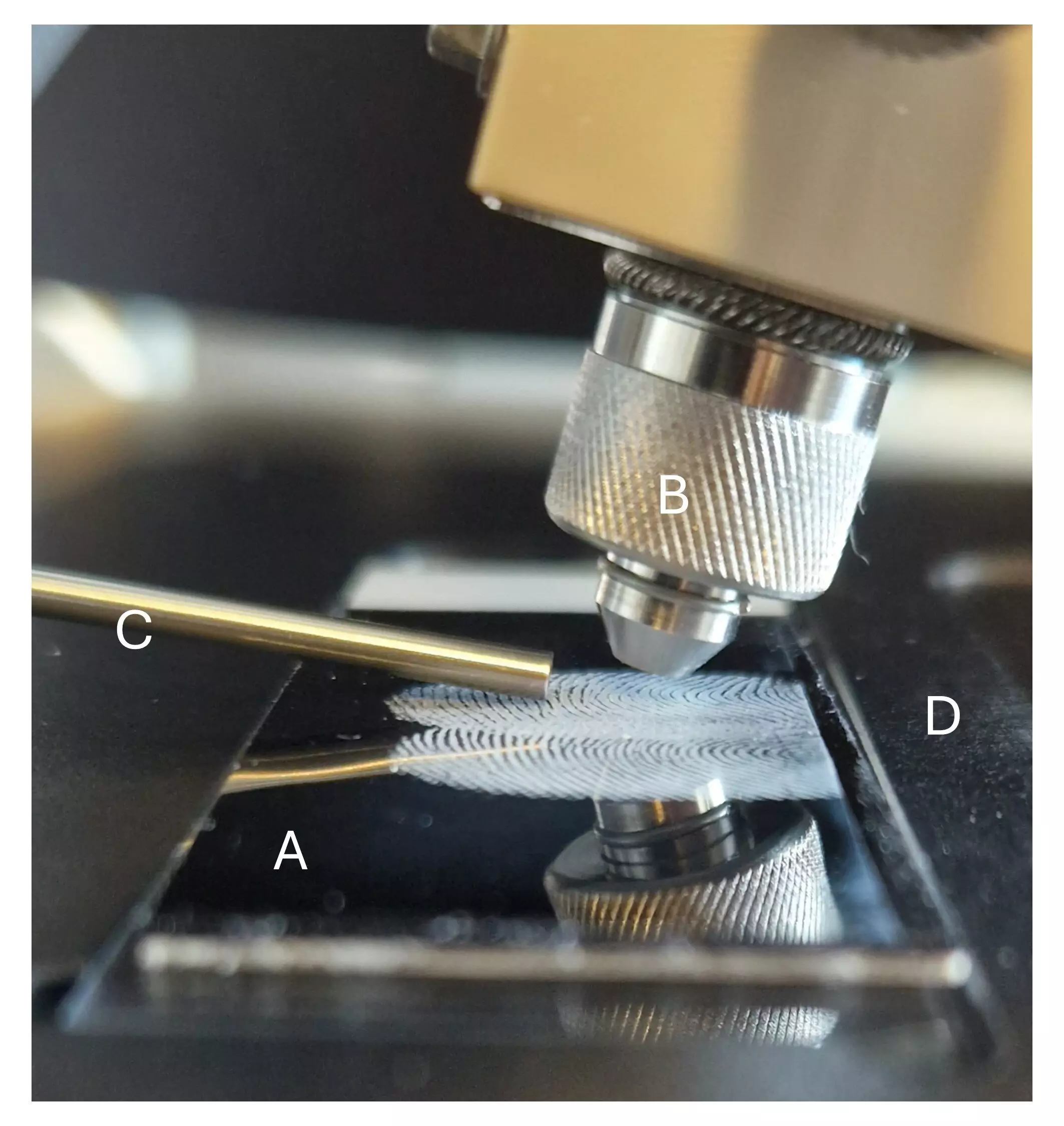Recent advancements in forensic techniques have unveiled a new frontier in criminal investigations through the analysis of fingerprints using chemical imaging. Conducted by the Department of Forensic Medicine at Aarhus University, this pioneering study marks a significant evolution in the way law enforcement may handle fingerprint evidence. The research specifically focuses on the utilization of gelatin lifters, a method that has been gaining traction among Danish police due to its practicality and effectiveness, especially on delicate surfaces.
The use of gelatin lifters is not without challenges; traditional fingerprint analysis has relied heavily on photography, which often leads to the loss of vital information. The inadequacies of conventional methods compel forensic analysts to abandon potentially useful prints, a likelihood that this innovative approach seeks to mitigate.
Fingerprint analysis traditionally involves capturing images and then comparing these images to existing databases. However, this approach has substantial limitations. One major hurdle is the overlapping of fingerprints, which commonly occurs at crime scenes. Conventional imaging strategies often fail to distinguish between layers of prints, leading to a significant loss of data. Additionally, faint prints—those that are barely visible—can be overlooked entirely. As a result, many prints that could aid in solving crimes simply vanish from consideration.
The new research posits that integrating chemical imaging into current forensic workflows can enhance both the quality of fingerprint analysis and the quantity of useful data extracted from crime scenes. By shifting the focus from mere optical recognition to a more detailed chemical profiling, investigators may glean deeper insights into the origin and potential implications of the fingerprints collected.
One of the cornerstone techniques outlined in the study is Desorption Electrospray Ionization Mass Spectrometry (DESI-MS). This method revolutionizes the way fingerprints can be analyzed by measuring the chemical composition of the fingerprints based on their molecular mass. The process involves spraying a fine mist of methanol droplets onto the gelatin lifter, resulting in the release and ionization of the chemical compounds present in the fingerprint. These compounds then proceed to be analyzed for their unique mass signatures.
Originally developed for general surface analysis about two decades ago, DESI-MS has previously shown success on non-gelatin mediums like glass. However, this new application to gelatin lifters opens up a significant opportunity for law enforcement agencies across various jurisdictions, including Denmark, to optimize their fingerprint analysis methods.
The implications of analyzing fingerprints extend beyond mere identification. Every fingerprint carries an assortment of chemical compounds that can reveal a wealth of information about the individual who left the print. From natural skin secretions, such as lipids and amino acids, to trace substances like medications, cosmetics, or even narcotics, the possibilities for criminal profiling are immense.
Notably, the ability to detect substances like nicotine or illicit drugs such as cocaine can provide pivotal information in criminal investigations. Further studies have even suggested that fingerprints could be indicative of a person’s lifestyle, revealing habits such as diet, smoking, and even clues related to age and gender.
The Department of Forensic Medicine’s collaboration with the National Special Crime Unit of the Danish Police emphasizes the need for research aimed at real-world application. As efforts continue to refine the DESI-MS method and expand its practical utility, researchers may offer law enforcement a new arsenal of tactics in the quest to decipher criminal behavior.
While the method shows promise, it is essential to acknowledge its current limitations. The scanning process remains time-consuming, which may hinder its application in routine cases. Researchers anticipate that DESI-MS will be predominantly utilized in more serious cases, such as homicide or sexual assault investigations, where the need for accurate and thorough analysis is most critical.
As the study progresses and more fingerprints from actual crime scenes are analyzed, researchers at Aarhus University remain optimistic about the transformative impact of chemical imaging on forensic science. By maximizing the information gleaned from fingerprints, investigators stand to bolster their capacity in solving cases that would otherwise remain unsolved.
The integration of chemical imaging techniques like DESI-MS offers a glimpse into the future of forensic investigations, where the thorough analysis of fingerprints could unveil layers of evidence previously deemed invisible. As methodologies evolve and improve, the potential to reshape criminal investigations—and, by extension, the justice system—becomes not merely a possibility, but an exciting reality.

